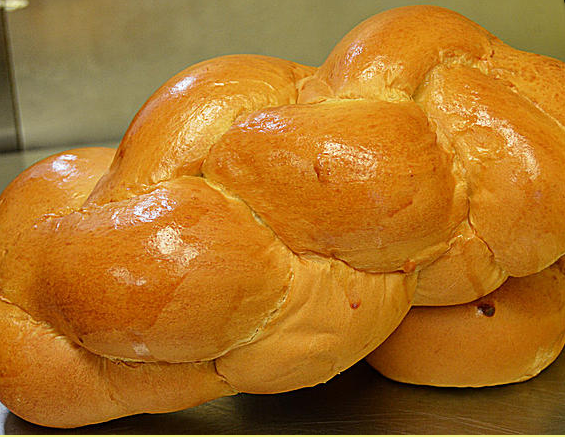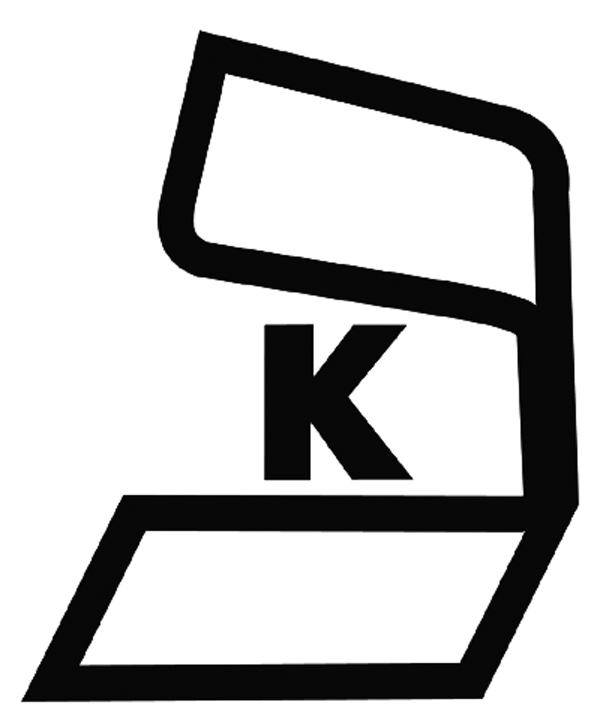Internet Archeology
Ancient Jewish Food
What do we know about Ancient Jewish Food at Kosher Bread Pro ? We know it’s a hot topic for Kosher Baking.
About Ancient Jewish Food
The Hebrew language is spoken by more than six million people primarily in the state of Israel. It is also spoken by Jewish communities around the world and by expatriate Israeli communities in varying levels of proficiency in the form of liturgy as well as in its conversational form.
In the state of Israel, it is one of the two official languages, and it is spoken by the majority of the population.
In addition, the language has also proven of great interest to archaeologists and theology students interested in the history of ancient Israel. Hebrew has undergone an evolutionary process just as other languages have, the continuity between them is certainly very high.
The majority of the Hebrew Bible is written in Classical Hebrew. This stage is thought to have been spoken language in ancient Israel flourishing between the 10th century BCE through the 4th century CE.
Late Biblical Hebrew is dated from the 6th to the 4th century BCE. This era corresponds to the Persian Period of hegemony over the then conquered kingdoms of Israel and Judah . The Biblical books of Ezra and Nehemiah were written during this era. Hebrew during this period is quite similar to Classical Biblical Hebrew, though a few foreign words adopted for mainly governmental terms do appear.
Perhaps the most famous from the ancient era is found in the Dead Sea Scrolls which from the 3rd century BCE to the 1st century CE. This corresponds o the Hellenistic and Roman Periods though the the destruction of the Second Jewish Temple in Jerusalem , though some overlap in Mishnaic Hebrew is arguably found in the Dead Sea Scrolls.
The destruction of the Second Jewish Temple did not end the development in emerging rabbinic circles. Mishnaic represents the Hebrew of the Mishnah and Tosefta, the primary works of the Oral law in Jewish tradition.
By the start of the early Byzantine Period, it appears that classical Hebrew ceased to be spoken in every day circles. This decline was triggered in part by the catastrophic Bar Cokhba War rebellion against Rome dating back to 135 CE resulting in the severe decline of the Jewish population in the area, especially in Judea.
The Golden age of Jewish culture in the medieval period on Spanish and Portuguese soil saw Hebrew undergo a renaissance of sorts. Spawned by the grammatical, philosophical, and literary renaissance experienced under Moorish rule, Hebrew grammarians reviewed grammar and vocabulary of Biblical Hebrew.
The literary use of the Hebrew language was revived during the period of the Jewish Enlightenment in the mid-19th century, with the publication of several Hebrew newspapers.
The revival of Hebrew language as an every day language was further initiated by the efforts of Eliezer Ben-Yehuda who joined the growing Jewish national movement and in 1881 immigrated to then day Palestine. Ben-Yehuda set out to develop tools for making the literary and liturgical language into everyday spoken Hebrew.
Jacob Lumbroso is a world traveler and an enthusiast for foreign languages, history, and foreign cultures. He writes articles on history and languages for and has used Pimsleur courses to learn the Hebrew language.
Source: www.a1articles.com


